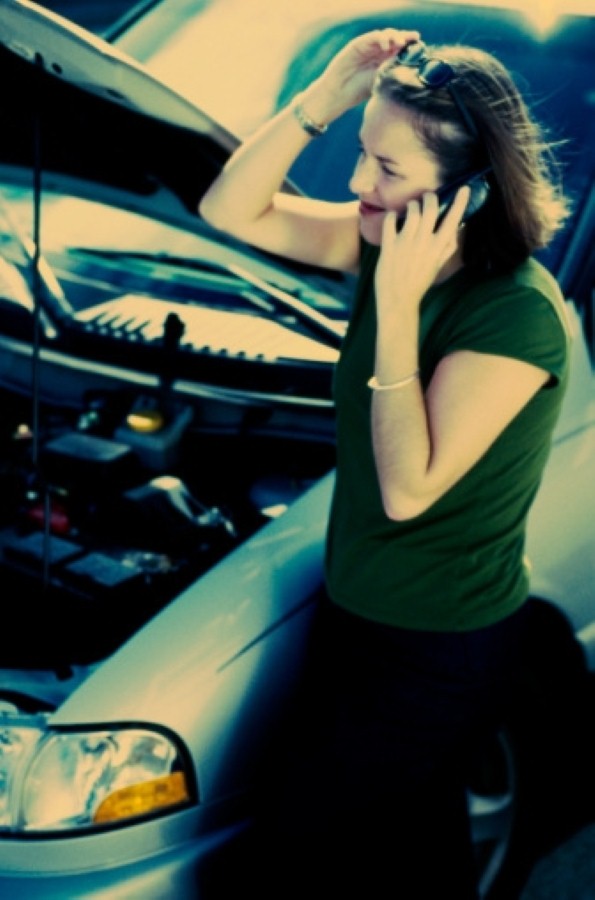When buying a used car be wary and if something seems too good to be true, it probably is.
As the beginning of September is less than a week away, those in the market for a used car could soon be able to grab themselves a bargain. However, buyers need to be wary and ask themselves if a deal is too good to be true.
Shane Teskey, senior consumer services manager at HPI, said: “With more cars to choose from, the plate change offers used car buyers the perfect opportunity to pick up something within their budget.
“However, we remind consumers to protect themselves from the danger of losing their hard-earned cash on a car with something to hide. Our quick check-list helps buyers reduce the risks.”
Set a budget
Those in the market for a used car need to set a realistic budget that includes the price of vehicle and running costs, in addition to insurance and servicing. Without deciding how much you’re willing to pay, you could end up buying a car with running costs exceeding the value. Don’t be fooled by an attractive car with a low price, as this is how fraudsters lure their victims.
Reduce the risk of fraud
Those willing to commit fraud will try to fool a prospective buyer at every turn, so it is vital that a buyer is assertive and tries to reduce the risk of being caught in a trap. There are several ways to do this, including viewing cars in the daytime at the seller’s home address, as this allows the buyer to match it to the details on the V5 registration document.
Mr Teskey suggests taking a friend along to view a car, as an extra set of eyes might spot something that the buyer is oblivious to. He also recommends enlisting HPI to perform a mechanical inspection to identify any potentially costly problems the car could have, as well as any signs of a major accident or that the car has previously been written off – something that could mean the car cannot be legally driven.
Do the documents match up?
Buyers should ask to see all documentation for the car, to see if everything matches up and appears to be legitimate. The current owner of the vehicle should be able to produce valid service records, the V5/logbook and the MOT certificates – all of which should contain identical information about the car and driver.
Posted by Perry Murray
